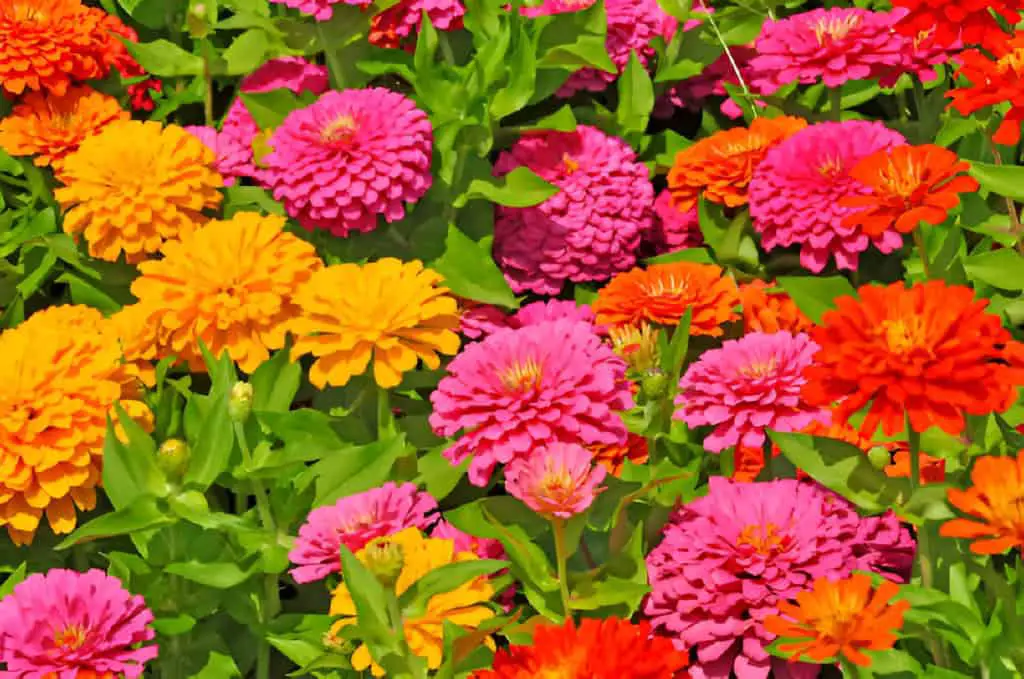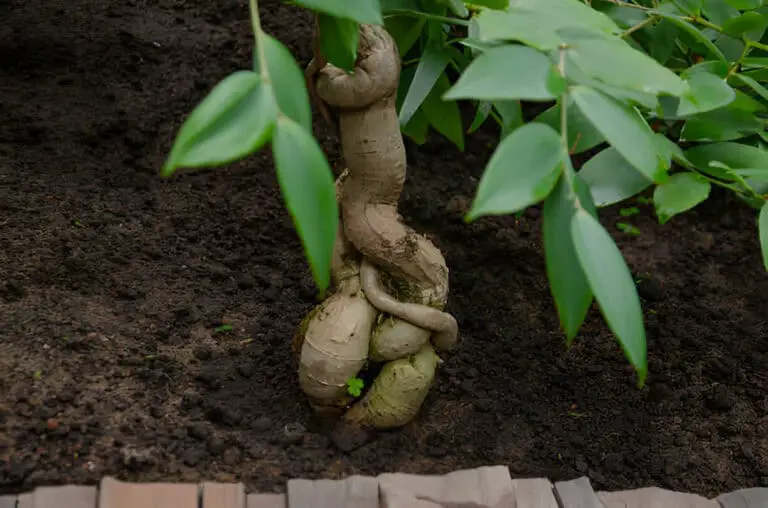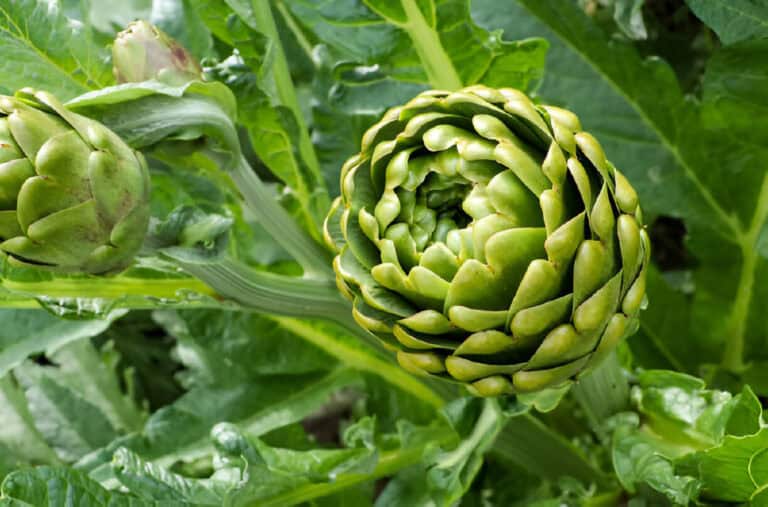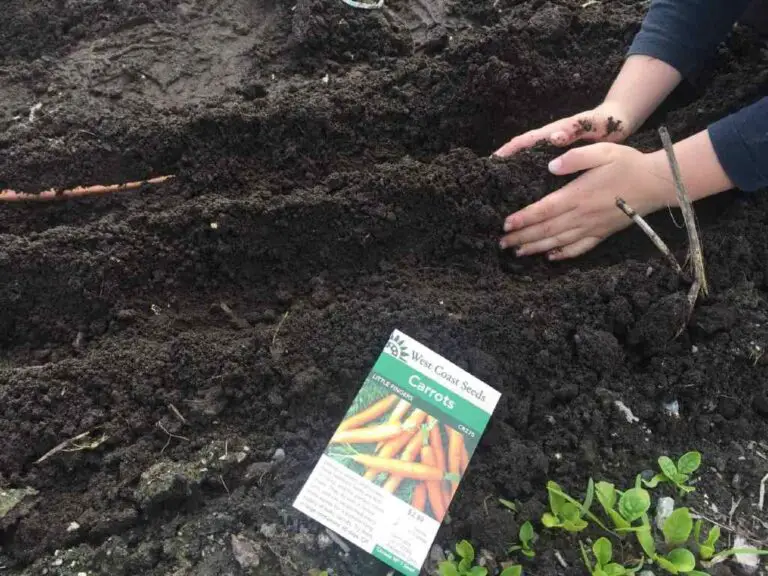When is the Best Time to Plant Zinnias in Australia: A Comprehensive Guide

Dreaming of a vibrant garden filled with colorful zinnias in Australia? Timing your planting is crucial for ensuring these beautiful flowers thrive. Have you wondered when exactly is the best time to sow zinnia seeds to achieve a stunning display?
Zinnias are among the most beloved garden flowers, known for their vibrant colors and ability to attract pollinators. These annual flowers are easy to grow and maintain, making them a favorite among both novice and experienced gardeners. Australia’s climate varies by region. It affects the best time to plant zinnias.
This article explores the best times to plant zinnias in Australia. It offers expert tips on choosing the right season and prepping your garden for success. Whether you’re a seasoned gardener or a novice, timing is key for zinnias. It can lead to a vibrant garden that delights all season.
Importance of Timing When Planting Zinnia

Timing is crucial when planting zinnia seeds to ensure a vibrant and healthy garden. Zinnias, known for their bright and colorful blooms, require specific planting periods to thrive. Planting at the right time allows the seeds to take full advantage of the growing season, resulting in robust plants and abundant flowers.
In regions with warm climates, zinnias should be planted in the spring after the last frost has passed. This timing ensures that the seeds can germinate and grow in warm soil, which is essential for their development. Planting too early, when the soil is still cold, can lead to poor germination and weak plants. Planting too late can shorten the blooming period. This prevents the zinnias from reaching their full potential.
Proper timing also impacts the health and longevity of zinnia blooms. When planted at the optimal time, zinnias will produce flowers throughout the summer and into the fall. This extended blooming period provides continuous color and beauty to your garden. Also, timely planting helps zinnias resist pests and diseases. Healthy plants are more robust and resilient.
Understanding Zinnia Varieties
Zinnias come in a variety of species and cultivars, each with unique characteristics. Understanding these differences can help you choose the best type for your garden.
Types of Zinnias
- Zinnia elegans: The most common type, featuring a wide range of colors and sizes. They can grow up to 1 meter tall and produce large, showy blooms.
- Zinnia angustifolia: Known for their smaller, more compact growth and narrow leaves. These are ideal for borders and containers.
- Zinnia haageana: Known as Mexican zinnias, they are drought-tolerant and bushy.
Optimal Planting Times Across Australian Regions
Australia’s diverse climates mean that the best planting times for zinnias can vary. Here, we’ll break down the optimal times for different regions.
Tropical Regions
In tropical areas like Northern Queensland and the Northern Territory, zinnias can be planted almost year-round due to the warm temperatures.
- Best Time to Plant: March to August.
- Considerations: Avoid planting in the wet season (December to February). It can cause root rot and other moisture-related issues.
Subtropical Regions
In subtropical regions like Brisbane and the Gold Coast, zinnias thrive in the mild, warm conditions of spring and autumn.
- Best Time to Plant: March to May and August to October.
- Considerations: Summers can be too hot and humid, leading to fungal diseases, while winters can be too cool for optimal growth.
Temperate Regions
Temperate areas, like Sydney, Melbourne, and Adelaide, have distinct seasons. So, spring is the best time to plant zinnias.
- Best Time to Plant: September to November.
- Considerations: Plant after the last frost to ensure the seedlings are not damaged by cold weather.
Arid Regions
In arid regions such as Alice Springs, zinnias can be planted during the cooler months to avoid the extreme summer heat.
- Best Time to Plant: April to June.
- Considerations: Ensure adequate watering during dry periods to support healthy growth.
Cool Regions
In cooler areas like Tasmania and the highlands of Victoria and New South Wales, a shorter growing season means zinnias should be planted in late spring to early summer.
- Best Time to Plant: November to January.
- Considerations: Start seeds indoors if necessary. This will extend the growing season. It will also ensure the plants mature and bloom before the first frost.
Steps for Planting and Growing Zinnias
Seed Starting
Zinnias are typically started from seeds, which can be sown directly in the garden or started indoors for earlier blooms.
- Direct Sowing: Plant seeds directly in the garden once the soil has warmed to at least 15°C. Sow seeds about 5 cm apart and 1 cm deep.
- Indoor Starting: Start seeds indoors 4-6 weeks before the last expected frost. Use seed trays or pots with a high-quality seed starting mix. Transplant seedlings into the garden once they have at least two sets of true leaves and the danger of frost has passed.
Soil Preparation
Proper soil preparation is key to growing healthy zinnias.
- Test the Soil: Check the soil pH, which should be between 5.5 and 7.5. Amend the soil as necessary to reach this pH range.
- Enrich the Soil: Add compost or well-rotted manure to improve soil fertility and drainage.
- Ensure Good Drainage: Zinnias do not like waterlogged soil, so make sure the planting area has good drainage.
Caring for Zinnias
Watering
Zinnias require regular watering, especially during dry spells. Water deeply and infrequently to encourage deep root growth. Avoid overhead watering to reduce the risk of fungal diseases. Water at the base of the plants early in the day so that foliage can dry before nightfall.
Fertilizing
Feed zinnias with a balanced fertilizer every 4–6 weeks to promote vigorous growth and blooming. A slow-release granular fertilizer or a liquid fertilizer can be used. Be cautious not to over-fertilize, as excessive nitrogen can lead to lush foliage at the expense of flowers.
Pruning and Deadheading
Regular deadheading, or removing spent blooms, encourages the plants to produce more flowers. Cut back to the nearest set of leaves. Additionally, pinching back the tips of young plants can promote bushier growth and more blooms.
Table: Zinnia Planting and Care Schedule
| Task | Timing | Details |
| Soil Preparation | Before planting | Test pH, add compost, ensure good drainage |
| Seed Starting | 4-6 weeks before planting | Start seeds indoors or direct sow when soil is warm |
| Transplanting Seedlings | After last frost date | Harden off seedlings and plant with care |
| Watering | Growing season | Water deeply and infrequently, avoid overhead watering |
| Fertilizing | Every 4-6 weeks | Use balanced fertilizer, avoid over-fertilizing |
| Deadheading | Throughout blooming season | Remove spent blooms to encourage more flowers |
Tips for Maximizing Zinnia Blooms
Companion Planting
Zinnias make excellent companions for many garden plants. They attract pollinators such as bees and butterflies, which can help improve the yield of nearby fruit and vegetable plants.
- Vegetables: Plant zinnias near cucumbers, tomatoes, and squash. They attract pollinators and improve yields.
- Herbs: Basil and zinnias make a good combination, as basil can help repel pests that might otherwise attack zinnias.
- Flowers: Pair zinnias with marigolds and cosmos for a vibrant, pollinator-friendly garden bed.
Disease and Pest Management
While zinnias are relatively hardy, they can be susceptible to certain pests and diseases.
- Common Pests: Aphids, spider mites, and whiteflies can be problematic. Use insecticidal soap or neem oil to control these pests.
- Diseases: Powdery mildew and leaf spot are common fungal diseases. Ensure good air circulation around plants and avoid overhead watering to prevent these issues. Fungicidal sprays can also be used if necessary.
Extending the Blooming Season
To enjoy zinnias for as long as possible, practice successive planting. Sow seeds every two to three weeks during the planting season to ensure a continuous supply of blooms. This practice can extend the blooming period well into late summer and early autumn.
Harvesting Zinnia Seeds
Collecting seeds from your zinnias is an excellent way to ensure a supply of plants for the next season.
- Select Healthy Blooms: Choose the healthiest flowers for seed saving.
- Allow Flowers to Dry: Let the flowers dry on the plant. Once they are completely dry, cut the heads off and place them in a paper bag.
- Extract and Store Seeds: Gently crush the flower heads to release the seeds. Store the seeds in a cool, dry place until planting time.
Designing a Zinnia Garden
Zinnias can be used in various ways to enhance your garden’s aesthetic appeal.
Garden Beds and Borders
Zinnias are perfect for adding vibrant color to garden beds and borders. Use taller varieties at the back of borders and shorter varieties at the front. Mix different colors and types for a striking display.
Container Gardening
Zinnias also grow well in containers, making them a great choice for patios and balconies. Choose compact varieties for containers and ensure the pots have good drainage.
Cutting Gardens
Zinnias are excellent for cutting gardens due to their long vase life and vibrant colors. Plant zinnias for cutting. Harvest blooms regularly to boost flower production.
Conclusion
Planting zinnias in Australia can bring a burst of color and life to any garden. Know the best planting times for your region. Follow key care practices. You will enjoy a stunning display of zinnias all season.
This guide has all you need to grow healthy zinnias. It covers planting in tropical, subtropical, temperate, arid, and cool regions. Embrace the joy of gardening and the beauty of zinnias as you create a vibrant, blooming paradise in your backyard.





